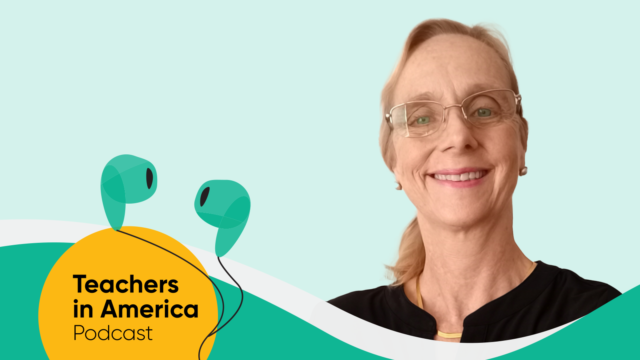
In a previous blog I wrote, I made the point that crosscutting concepts are a powerful way to illustrate the nature of science. Although the many different topics in science and engineering may suggest that these fields are fragmented, crosscutting concepts show they are actually part of the same approach to making sense of the world around us.
In an upcoming webinar, I plan to take the next step in unifying the sciences by showing that crosscutting concepts are closely related to each other. The webinar will begin with an activity that will help students understand what motivated Galileo to support the very unpopular idea at the time that Earth is not the center of the universe; rather, it’s a planet spinning and whirling through space. While the examples used will be from a middle school astronomy unit, the essential ideas can be applied across the K-12 spectrum.
Imagine a middle school teacher whose plan for the year includes an astronomy unit with an objective to help students meet the following performance expectation from the Next Generation Science Standards (NGSS)*:
MS-ESS1-1. Develop and use a model of the Earth-sun-moon system to describe the cyclic patterns of lunar phases, eclipses of the sun and moon, and seasons.
As part of the astronomy unit, the teacher presents a hands-on activity that illustrates the observations that led Galileo to realize that the Earth beneath his feet was not the solid stationary platform that nearly everyone at the time thought it was—it was really a planet in space that spins on its axis once a day and revolves around the sun once a year.
Later in the year, the teacher presents a unit on biological evolution that centers on the following performance expectation:
MS-LS4-1. Analyze and interpret data for patterns in the fossil record that document the existence, diversity, extinction, and change of life forms throughout the history of life on Earth under the assumption that natural laws operate today as in the past.
This life science unit includes the story of how Charles Darwin came to formulate the model of descent with modification—that the species we see today share a common ancestor, and that species change gradually over vast stretches of time due to changes in environment and other factors.
Now imagine that this teacher would like to help her students realize that the kind of thinking that influenced Galileo was the same kind of thinking that motivated Darwin. Each of these cases involved a fundamental new way of thinking that began with recognizing a pattern, a strong desire to make sense of the pattern in terms of cause and effect, and finally an explanation that required the development of a systems model. In the case of astronomy, the model involved the Earth, sun, moon, and all of the planets. In the case of life science, the model involved a process that led one species to gradually change over time as a result of changes in the environment. In both cases, the crosscutting concept of scale, proportion, and quantity was an essential part of the puzzle. In each case, these four crosscutting concepts were necessary for the advancement of science.
Whether or not you are able to join the webinar, you may wish to read about the activity “In the Footsteps of Galileo” that we’ll be doing. It has been posted online by the Astronomical Society of the Pacific and adapted from the GEMS Space Science Sequence from the Lawrence Hall of Science. If you are able to join us, please download and print this datasheet so that you can do the activity during the webinar.
The views expressed in this article are those of the author and do not necessarily represent those of HMH.
***
Dr. Cary Sneider hosted a free webinar, How Crosscutting Concepts Are Related: A Case Study from Astronomy, on Thursday, May 10 at 7 p.m. Eastern Time. Watch the recording here.
*Next Generation Science Standards and logo are registered trademarks of Achieve. Neither Achieve nor the lead states and partners that developed the Next Generation Science Standards was involved in the production of, and does not endorse, this product.
Related Reading

















